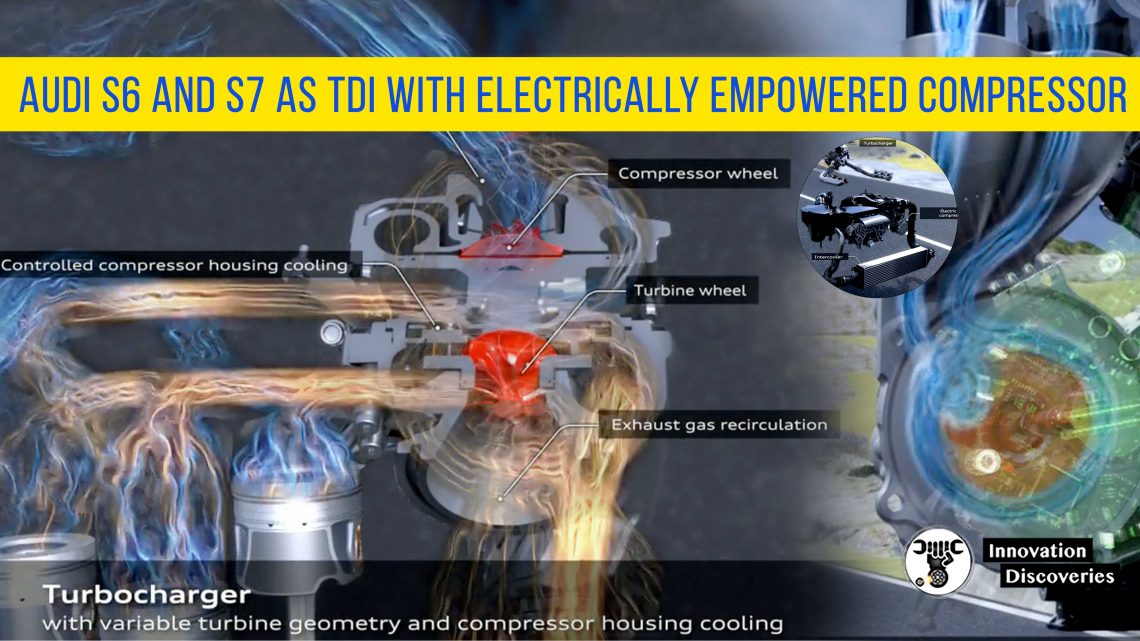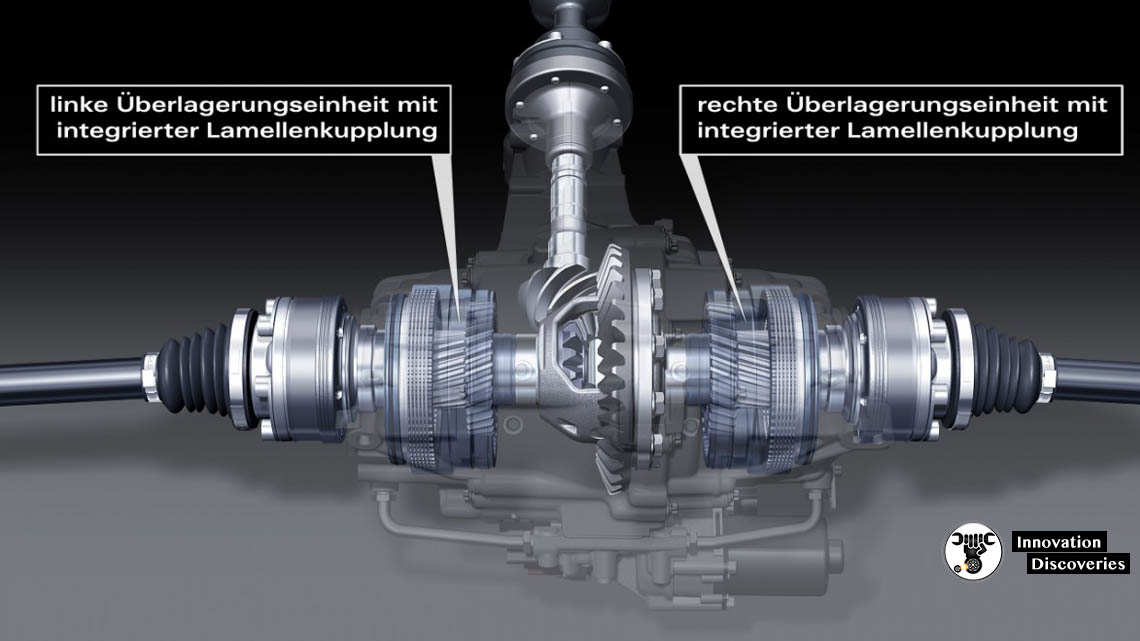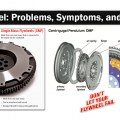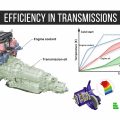
Audi S6 and S7 as TDI with electrically empowered compressor
Sportiness meets efficiency – the new Audi S6 and S7 models make their entrance with a torquey V6 TDI engine, offering customers in Europe the ideal performance models for the long haul.
For the first time, Audi has combined an electric-powered compressor with a 48-volt primary electrical system.
The huge torque peaking at 700 newton-meters (516.3 lb-ft) constantly available on-demand to the driver across an engine speed range of 2,500 to 3,100 rpm is the ideal basis for performance-minded customers in Europe.
The S TDI models offer high driving dynamics and efficiency – an especially attractive combination for long-distance driving.
With the S6 and S7 TDI models Audi systematically takes the successful drive concept of the SQ7 TDI (combined fuel consumption 7.6 – 7.2 l/100 km (30.9 – 32.7 US mpg)*; combined CO2 emissions 199 – 189 g/km (320.3 – 304.2 g/mi)* to the next level.
The electric-powered compressor delivers high starting performance.
As well as very vigorous acceleration, the electric supercharger provides a repeatable boost function when accelerating.
This means the EPC pre-empts any hint of turbo lag and enables high responsiveness and powerful acceleration in every driving situation.
The EPC’s response time is under 250 milliseconds, its peak output is seven kilowatts and its maximum speed is 70,000 rpm.
The electric turbocharger’s boost function extends all the way to an engine speed of 1,650 rpm.
Thanks to dual supercharging, in other words, the EPC working in tandem with the exhaust turbocharger, the full-size S models achieve a constant torque of 700 newton-meters (516.3 lb-ft) across an engine speed range of 2,500 to 3,100 rpm.
The EPC supports the TDI’s turbocharger whenever there is insufficient energy in the exhaust gas for a spontaneous torque buildup – when starting off or accelerating at a low load, from a low engine speed.
The EPC, which visually resembles a conventional turbocharger, is mounted directly on the engine in the intake air path behind the intercooler.
In most operating statuses it is circumvented by a bypass.
However, if the load demanded by the accelerator is high and the energy available on the turbine side is low, the bypass valve closes, guiding the intake air to the EPC.
The compressed air flows directly into the combustion chamber.
The result: spontaneous response and impressive pulling power when accelerating, overtaking, and for changes of load.
That places the entire power of the 3.0 TDI engine immediately at the driver’s disposal whenever they require it.
In everyday driving, the technology avoids frequent downshifts, keeps the engine speed level low, and suppresses the turbo lag to which a conventional exhaust turbocharger is susceptible.
The EPC paves the way for an impressive starting performance.
The V6-TDI complete with EPC propels the new S6 Sedan from 0 to 100 km/h (62.1 mph) in 5.0 seconds, with the S6 Avant and S7 Sportback taking a tenth of a second longer over the standard sprint. The top speed is electronically limited to 250 km/h (155.3 mph).
Audi S6 Sedan:
- Combined fuel consumption in l/100 km: 6.3 – 6.2(37.3 – 37.9 US mpg)
- Combined CO2 emissions in g/km: 165 – 164 (265.5 – 263.9 g/mi)
- Audi S6 Avant: Combined fuel consumption in l/100 km: 6.5(36.2 US mpg);
- Combined CO2 emissions in g/km: 171 (275.2 g/mi)
- Audi S7 Sportback: Combined fuel consumption in l/100 km: 6.5(36.2 US mpg);
- Combined CO2 emissions in g/km: 170 (273.6 g/mi)
MORE VIDEOS
Visit Forum
Visit Our Friendly Website




